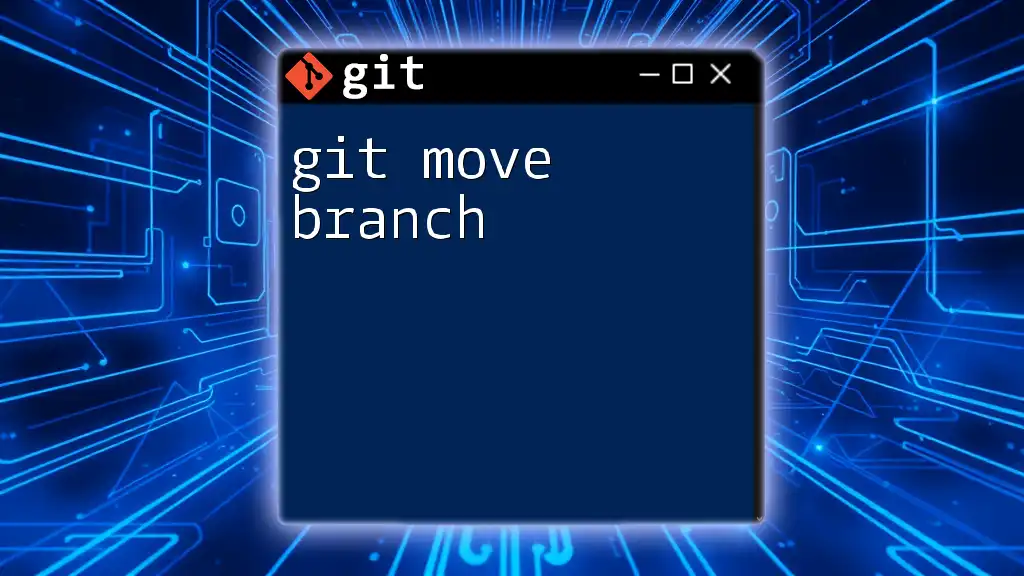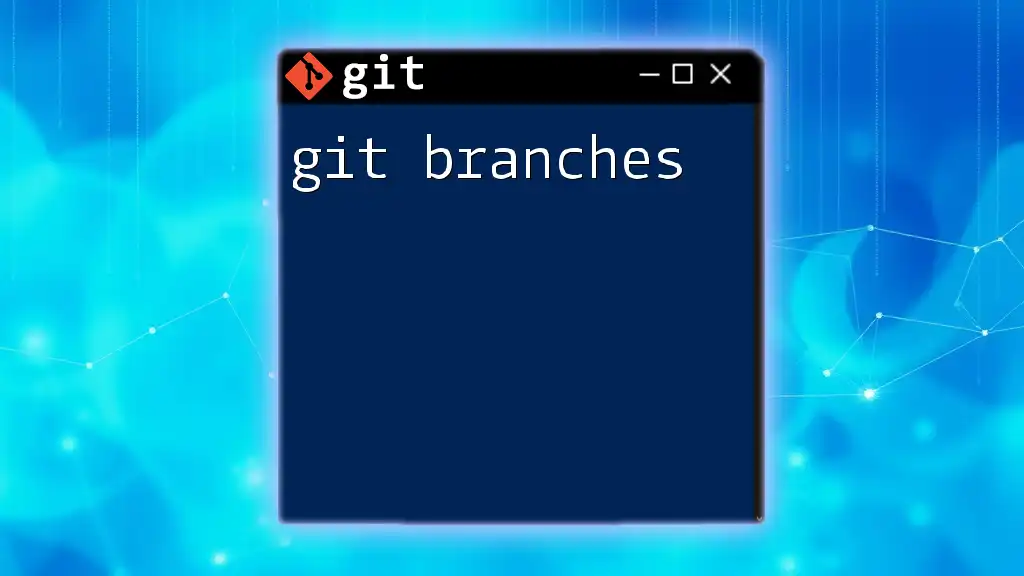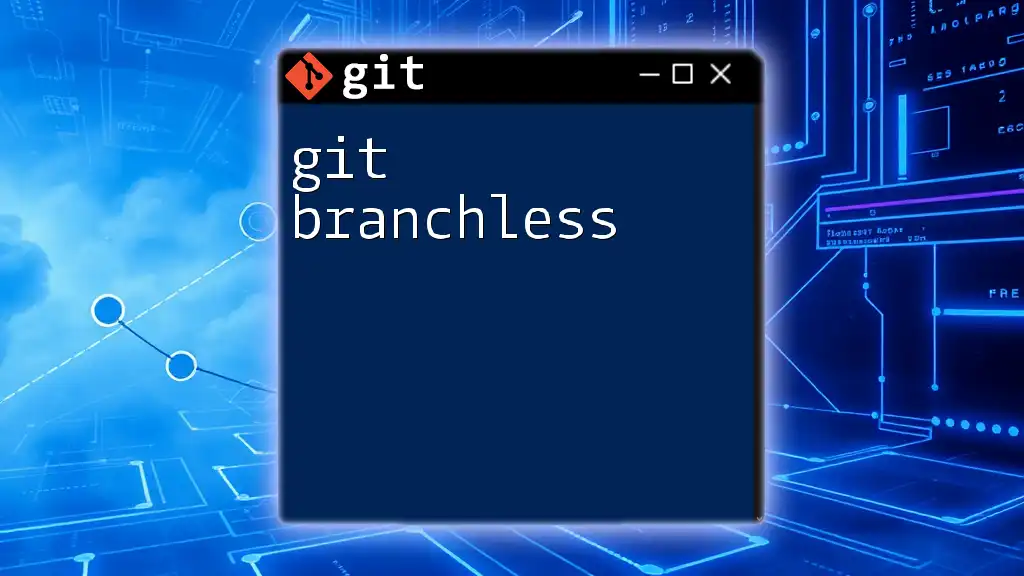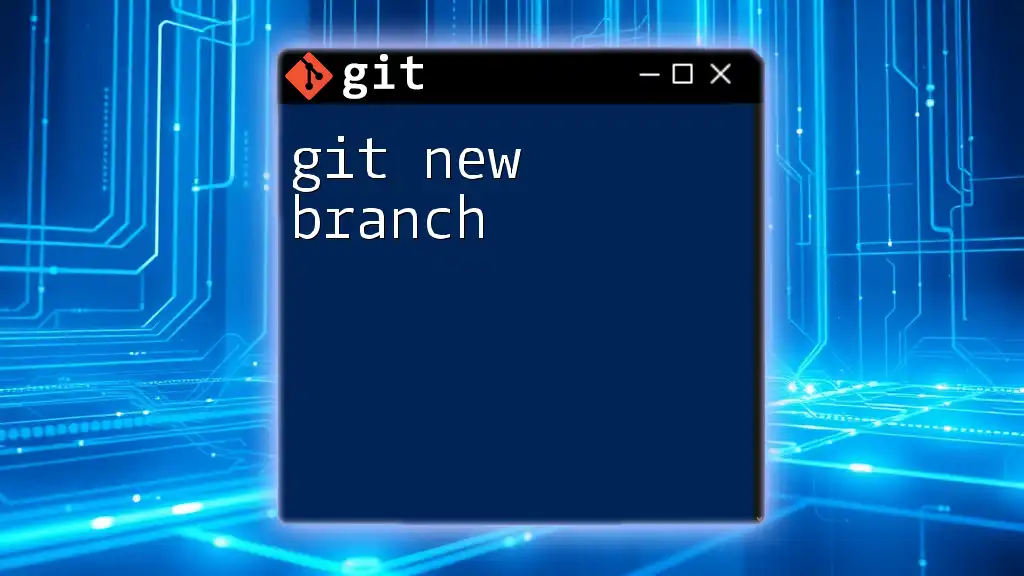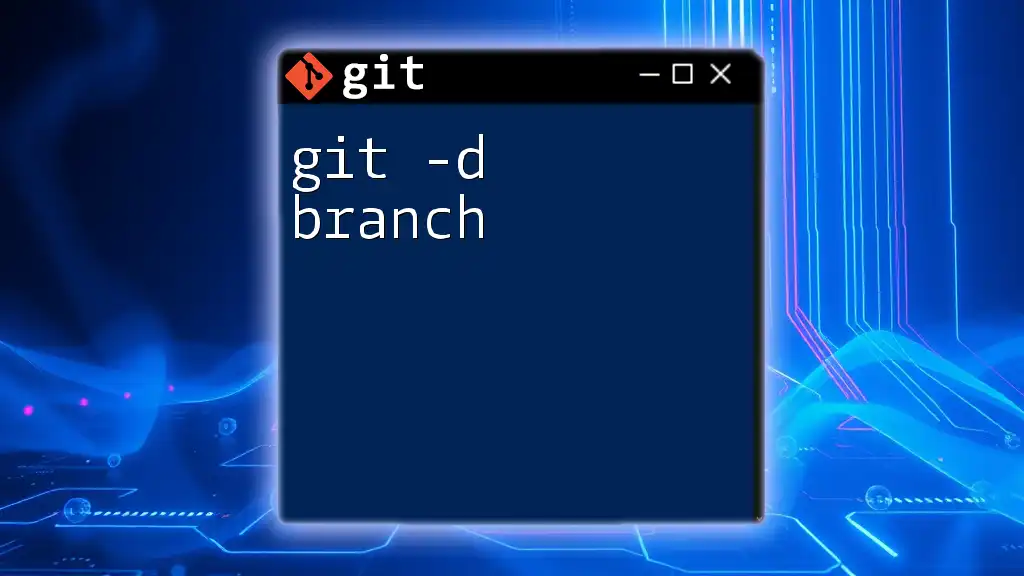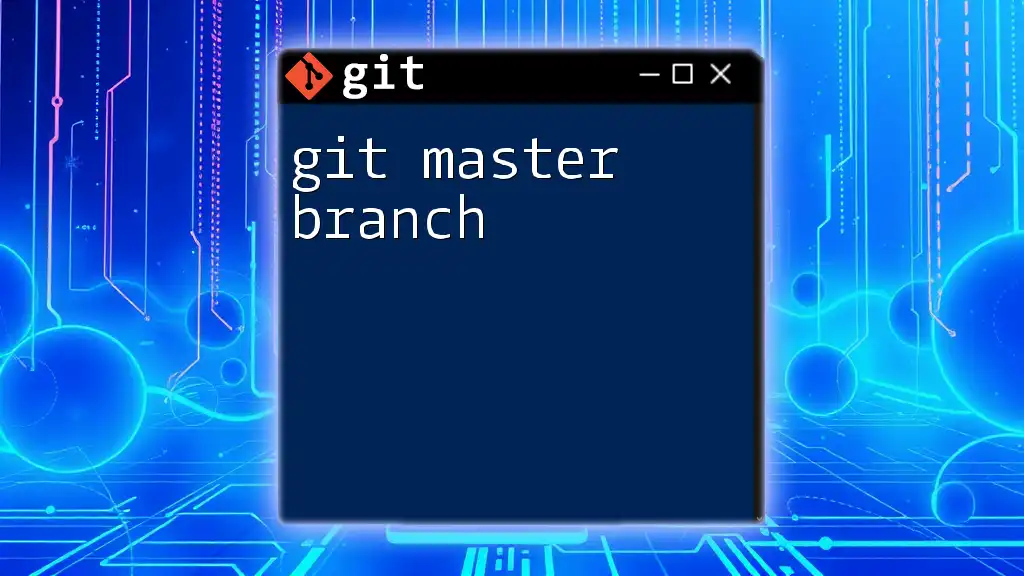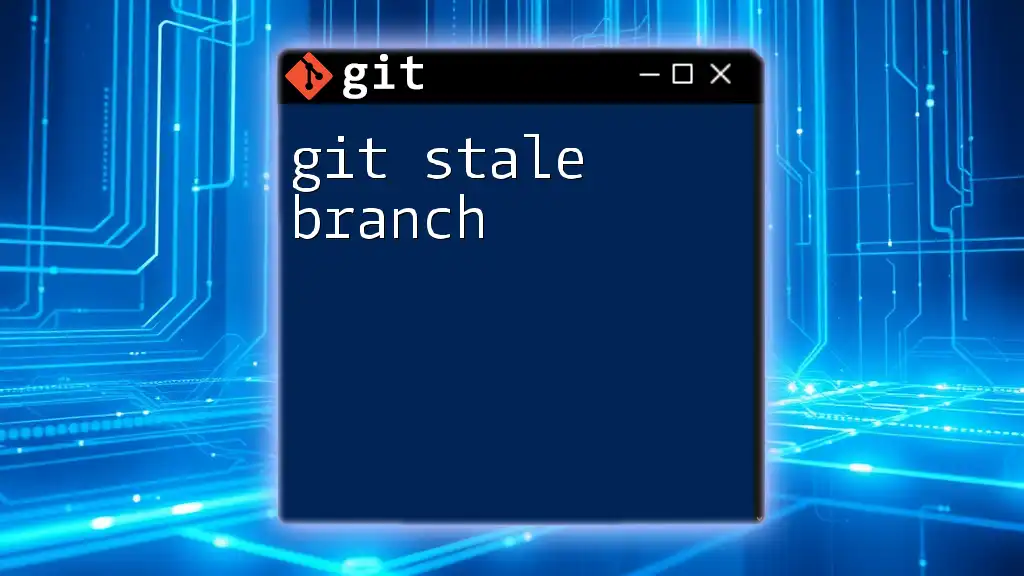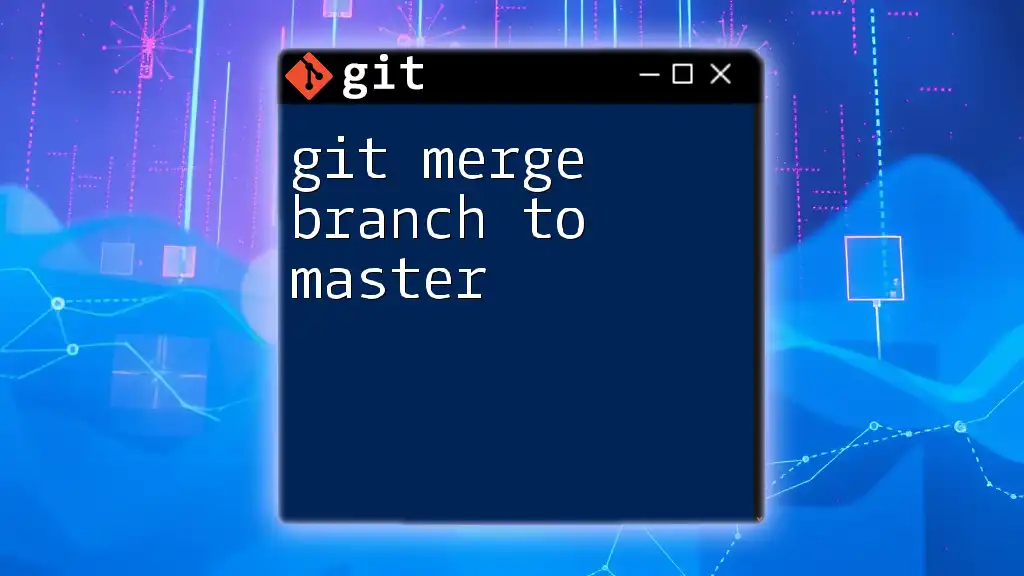To move a Git branch, you can use the `git checkout` command followed by the branch name you wish to switch to, like this:
git checkout <branch-name>
Replace `<branch-name>` with the name of the target branch you want to switch to.
Understanding Git Branches
What is a Git Branch?
A Git branch is essentially a lightweight pointer to a specific commit in your project’s history. Branches are crucial in Git because they allow you to work on different features or fixes independently without affecting the main codebase. This form of isolation lets developers experiment and validate changes before integrating them into the primary codebase, commonly referred to as the main branch or master branch.
Common Terminology
To navigate moving branches effectively, it’s essential to understand some key terms:
- HEAD: A pointer to the current snapshot of your working directory. It indicates the branch you are currently on.
- Upstream: The remote counterpart of your local branch. It is usually used for fetching or pushing updates.
- Local Branch: A branch that exists in your local repository.
- Remote Branch: A branch that exists in a remote repository, like GitHub or Bitbucket.
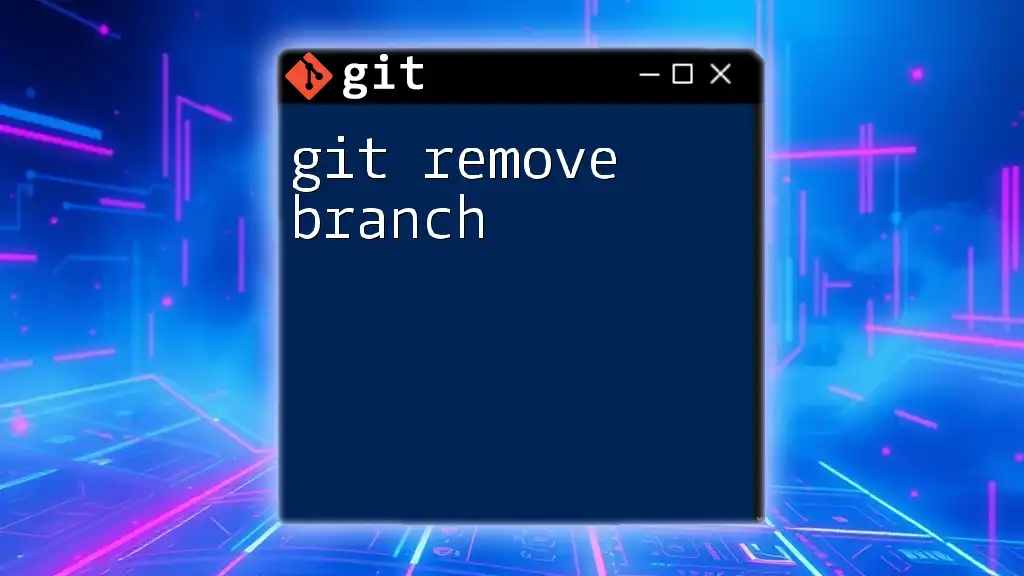
The Concept of "Moving" a Branch
Why Move a Branch?
Moving a branch can often be necessary for various reasons. This could include reorganizing your workflow, correcting misnamed branches, or updating a feature in-line with developing paradigms. For instance, if you initially create a branch called `feature/login-page` but later decide to make the branch name more general and inclusive, you might want to rename it to `feature/user-authentication`. Recognizing when to move a branch can significantly enhance team collaboration and project management.
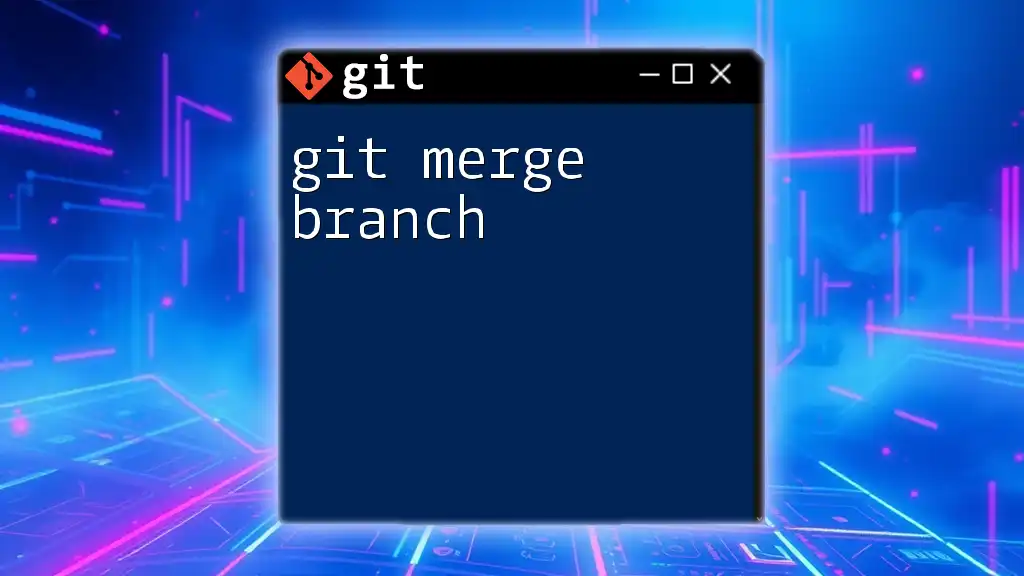
How to Move a Branch
Basic Command Overview
The command to move or rename a Git branch is straightforward. You will primarily use:
git branch -m <old-branch-name> <new-branch-name>
This command is essential when you need to shift your focus to a new branch name that fits your project’s requirements.
Renaming a Local Branch
You may find yourself in a situation where you need to rename the branch you are currently working on. Renaming a local branch is efficient and requires minimal steps.
-
Checkout to the branch you want to rename:
git checkout my-old-branch -
Rename the branch:
git branch -m my-new-branch
When you execute the rename command, it simply updates the pointer from the old branch name to the new one. It's essential to note that the changes and commit history remain intact; only the branch name has changed.
Moving a Branch Not Currently Checked Out
If you want to rename a branch that you aren’t currently on, you can do so with just one command. Here’s how:
git branch -m my-old-branch my-new-branch
This command allows you to rename any local branch without the necessity of switching to it first, thus saving time when managing multiple branches.
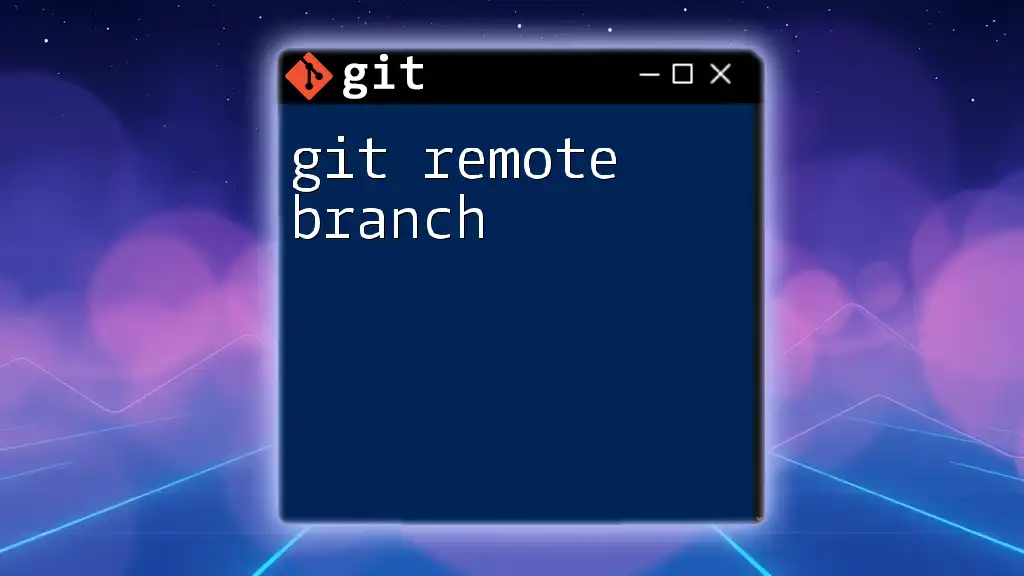
Moving a Branch on Remote Repositories
Push New Branch to Remote
After renaming a local branch, the next step often involves synchronizing this change with your remote repository to ensure all collaborators are aware of the update. To push the renamed branch to your remote, you would use:
git push origin my-new-branch
This command sends the renamed branch to the remote repository, updating the branch references there.
Deleting the Old Remote Branch
Once you've pushed your new branch, it is prudent to remove the old branch from the remote repository to avoid confusion. You can do this with the following command:
git push origin --delete my-old-branch
Deleting the old branch is an important step to maintain clarity among your team members, preventing any potential complications regarding outdated branch names.

Checking Branch Status After Moving
Verifying Your Changes
After moving a branch, verifying the success of your changes is a good practice. You can check your local branches using:
git branch
This will list all local branches, allowing you to confirm that the old branch is no longer present under its previous name.
For remote branches, you can ensure that the changes reflect in the remote repository by using:
git ls-remote --heads origin
This command displays all branches that exist in the remote repository, including your newly named branch.
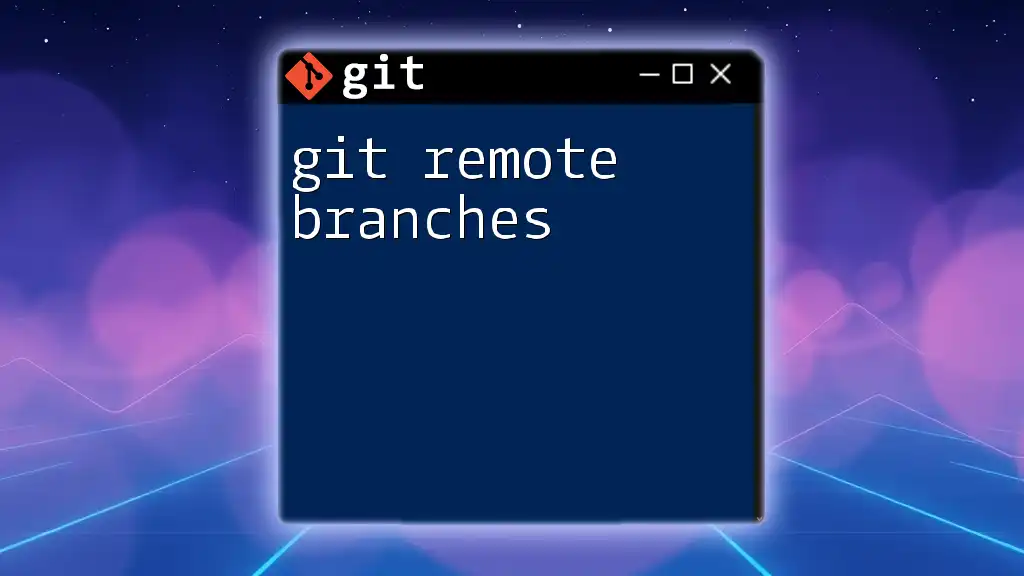
Handling Branches with Multiple Collaborators
Best Practices for Moving Branches in Collaborative Environments
When working in teams, moving branches requires effective communication. It is essential to inform your team members about significant changes, such as renamed branches or reconciled work. Doing so minimizes confusion and keeps everyone on the same page, ensuring a smoother workflow.
Encouraging team discussions about branch management and etiquette can greatly improve collaborative efforts.
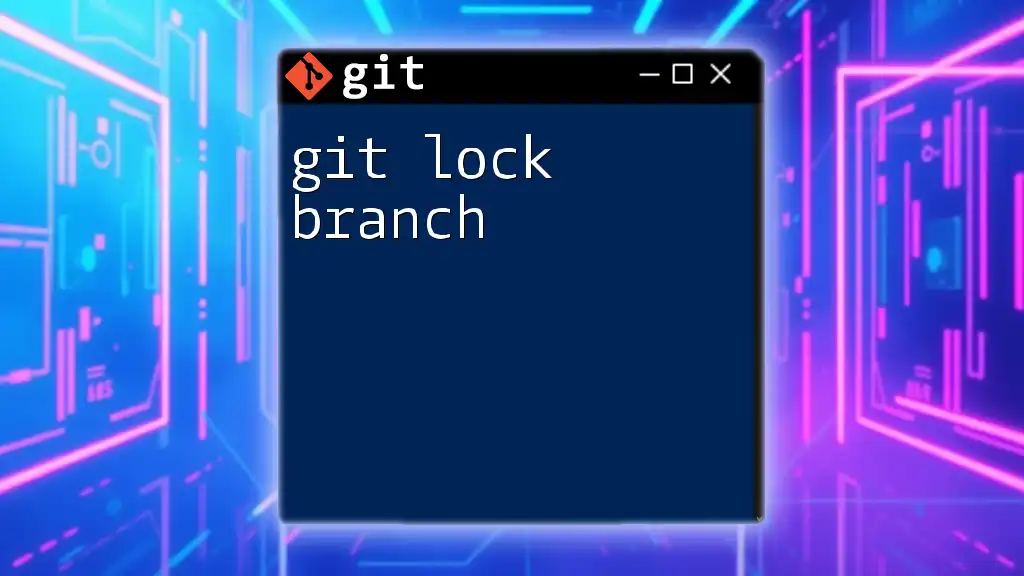
Troubleshooting Common Issues
Common Problems When Moving Branches
While moving branches is typically straightforward, some common issues may arise:
- Conflicts with untracked files can prevent successful branch renaming.
- If you attempt to delete a branch that is currently checked out in remote, errors will occur.
Solutions and Workarounds
To resolve these issues:
- Ensure all changes are committed or stashed before renaming or deleting branches.
- Communicate with team members to coordinate branch handling and update notifications effectively.
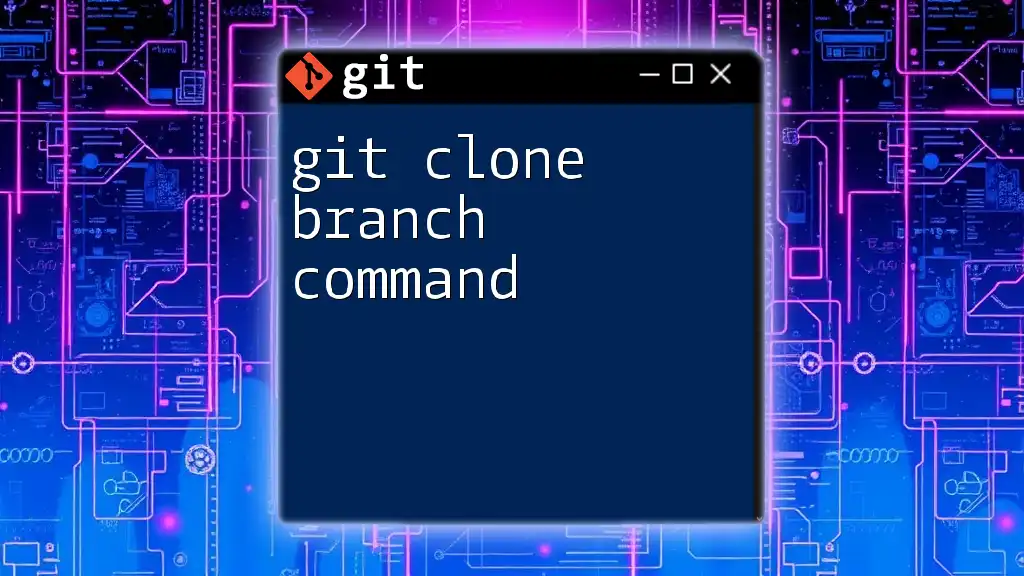
Conclusion
Mastering the process of moving branches in Git is essential for effective version control and collaborative development. By applying the commands and practices outlined in this guide, you can streamline your workflow, ensure clarity among your team, and ultimately enhance your project management capabilities. Don't hesitate to practice these commands in your development environment, and always reach out if you have questions or require further assistance in your Git journey.
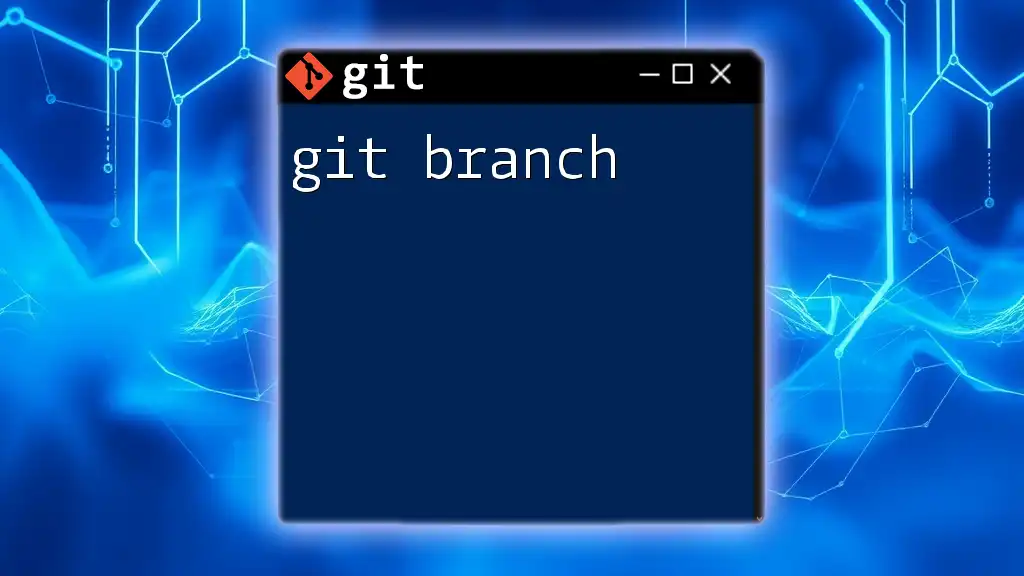
Additional Resources
For more in-depth knowledge, consider referring to the official Git documentation or exploring additional tutorials and resources that further delve into the intricacies of Git and branch management.

